
Carbon nanotubes deliver functional genetic material into mature plants without DNA integration
Introducing DNA or RNA into plant cells remains a challenge. Demirer et al. describe a new method for transient expression studies through delivery of DNA or RNA via carbon nanotubes (CNTs); the size of the nanoparticles is smaller than the exclusion limit for plant cell walls. The authors show that…
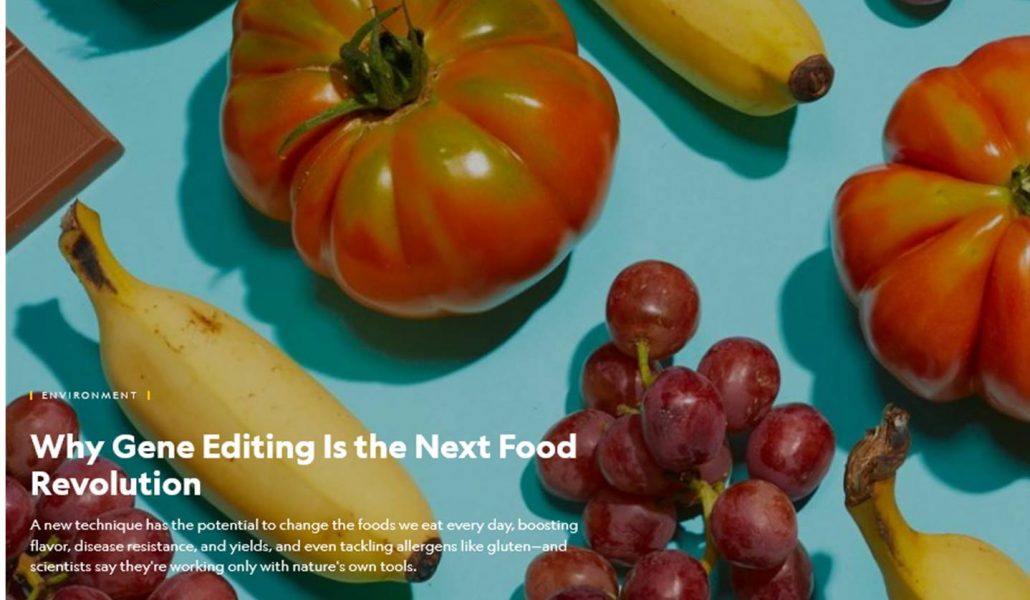
National Geographic features Plant Cell editor Zach Lippman, on gene editing
Plant Cell Editor Zach Lippman and his work are featured in this National Geographic article, "Why Gene Editing Is the Next Food Revolution"
Tucked into a suburban Long Island neighborhood, a 12-acre plot may be growing the future.
Under a blistering July sun, Zachary Lippman bends over…
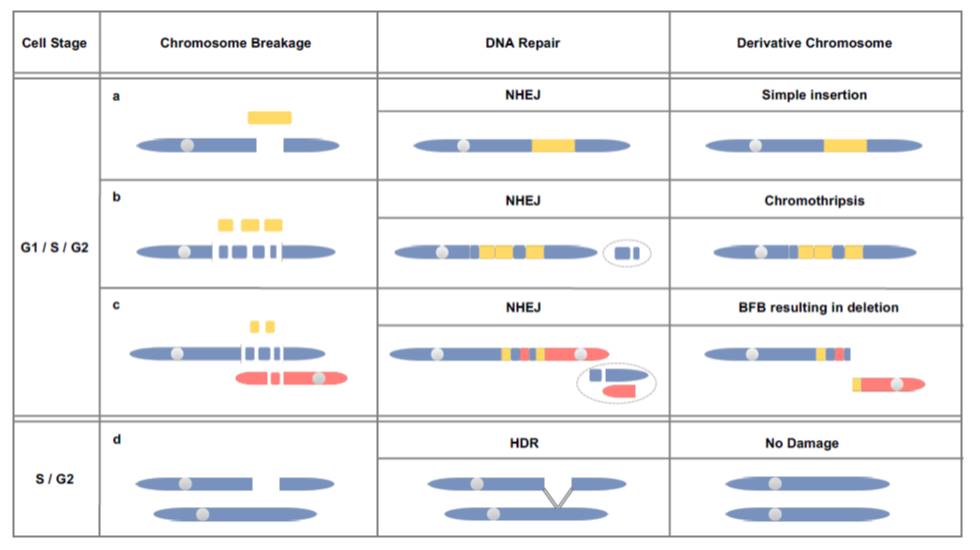
Genome-scale sequence disruption following biolistic transformation in rice and maize (bioRxiv)
The two classic approaches to introducing DNA into a plant’s genome are by harnessing Agrobacterium tumefaciens’ fascinating gene-transfer skill, or by shooting the new DNA into the cell using a “biolistic” (gun) approach. Because of Agrobacterium’s restricted choice of hosts, the biolistic…
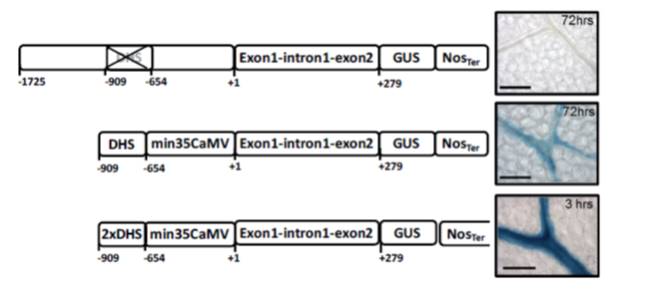
A single cis-element that controls cell-type specific expression in Arabidopsis (bioRxiv)
Multicellular organisms have different tissues that carry out diverse and specialized functions, and tissue-specific expression is the feature that gives each tissue its specific protein content. Despite its importance, the mechanisms that control spatial patterning is poorly understood. In this work,…
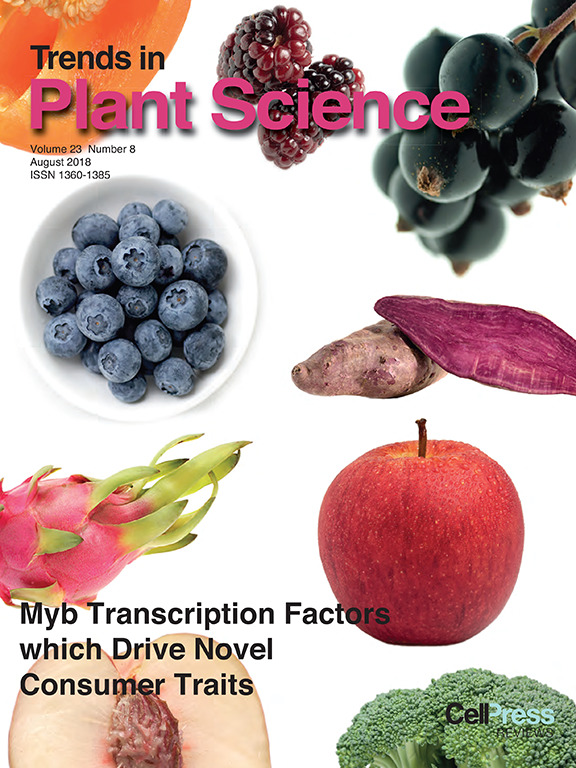
Review: MYBs drive novel consumer traits in fruits and vegetables (Trends Plant Sci)
The MYB transcription factors, specifically the R2R3 family of MYBs, are closely associated with the regulation of anthocyanin biosynthesis. This easy-to-score trait made MYBs some of the earliest characterized plant transcription factors. Allan and Espley summarize the contributions of MYBs to pigmentation…

Paint the tobacco red: Anthocyanin production in tobacco cells lines
Anthocyanins are common plant pigments that provide dietary benefits, causing an increase in their use as a food coloring agents. However, purifying anthocyanins from current plant sources (such as waste grape skins, red cabbage and berries) is expensive and creates a variable product. Modifying biosynthetic…
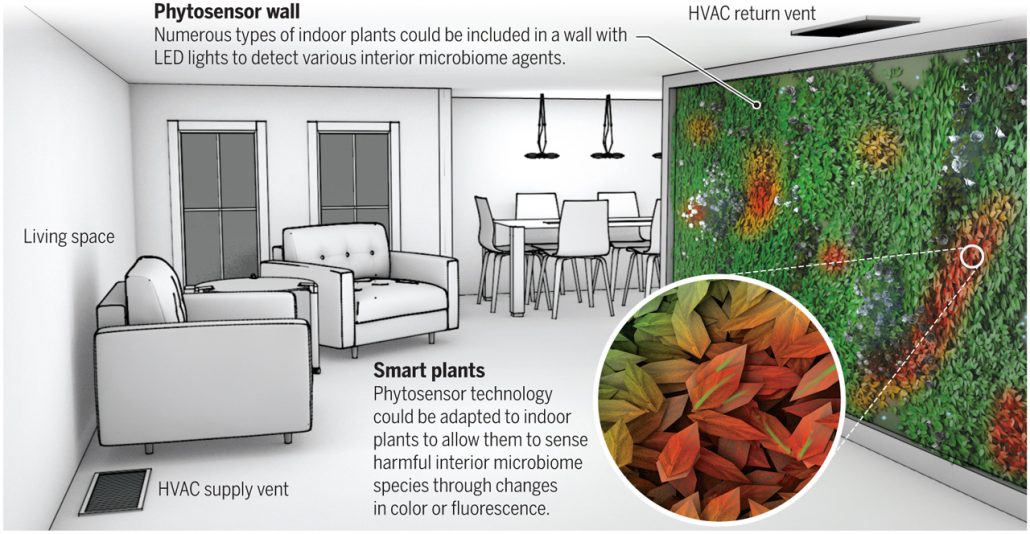
Phytosensors at home ($) (Science)
In this review Stewart et al. address the potential use of houseplants as biosensors for harmful agents in the home environment, taking advantage of phytosensor technology already in use in agricultural settings. The authors propose the design of genetically modified plants that carry a synthetic promoter…

Enzyme helps as a transcription factor in lignin production
Arjen Dijkgraaf | Wednesday, July 4, 2018 (Originally published in C2W Boeken. Translation by Google Translate)
In poplars a protein appears to have a bizarre double function: it makes building blocks for amino acids but also regulates the production of lignin. It could be a new way to create…
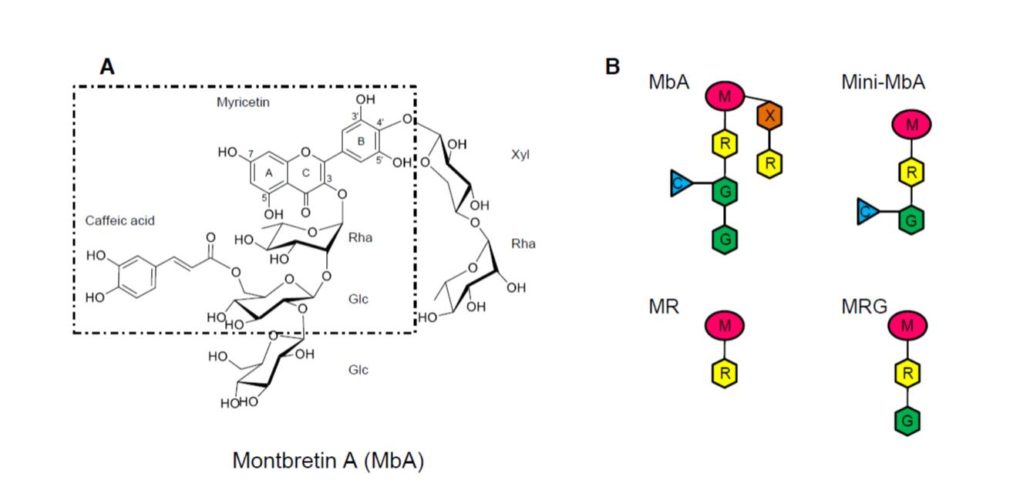
A pretty plant of summer produces a promising anti-diabetes compound
Discovery of the biosynthetic pathway of a plant metabolite lays the groundwork for its use as an anti-diabetes drug
Roughly half of the western medicines used today were derived from naturally occurring plant metabolites. Plants produce over 200,000 of these specialized metabolites, but identifying…

